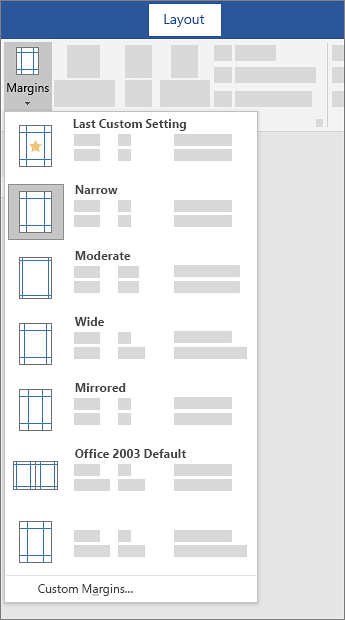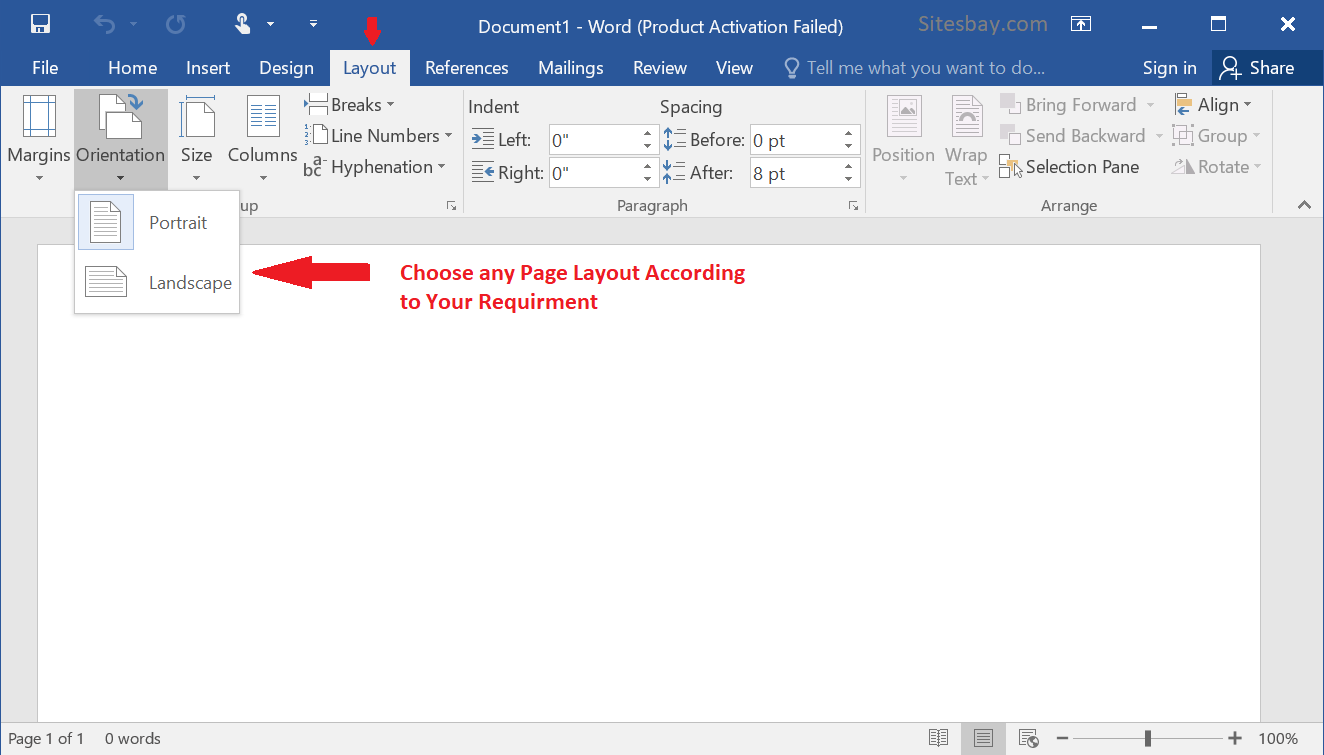

This means that you can use Word not only to print letters, but also legal documents, postcards, tickets, flyers, and any other documents that use a non-standard paper size. You can open the setting window by simply clicking it. Word can lay out the page for any paper size that your computer’s printer supports. Now Page Setup is added to the quick access toolbar. I clicked on Normal which did display the pages consecutively but not as individual pages - just run-on pages. I went to the view menu and clicked on Print layout but that did not change anything. When the Word Options window pops out, scroll down to select Paragraph Settings in the list of commands and Add it to the list of quick access toolbar. I downloaded a word doc which opened up in my word (2003), but the doc opens up with all the pages displayed in one window (is that called tiled). If you are sure that you’ll use this feature a lot, you can add it to the quick access toolbar of Word for a quicker launch in the future.Ĭlick the small down arrow in the quick access toolbar.įind More Commands… in the drop-down menu. Click OK after finishing the adjustment to implement them to your document. Here you can change the detailed settings of Margins, Paper, Layout and Document Grid. Switch to Layout tab in Word, and click the small arrow at the lower-right corner of Page Setup section. So I’m here to provide 2 approaches to Page Setup in Word documents. But unlike the Paragraph options which can be directly found in the right-click menu, you can hardly find the button of Page Setup to change all the related settings in detail. Subsequent pages.When you are editing a document with some specific requirements and standards, the first thing you should do is setting up the page properly before entering any content. Next to "Apply Page Setup settings to:", choose This.From the pull-down menu next to "Settings:", select Microsoft When you are creating a document with a lot of distinct parts in Microsoft Word 2013, you don’t always get the order correct with your first draft.(Depending on the printerĭriver you are using, the appearance of the Page If prompted, select an orientation ( Portrait or.
#How to change page layout in word 2003 how to
New page, from the Insert menu, select Break, and How to Change Page Size in MS Word: The default paper size in Word is 8.5 x 11 inches which easily fits in most of the printers.But this size is not fixed as you can change it if you want a. Making sure that in the "Apply to:" field, This Point Forward To change the orientation again, move theĬursor to the beginning of the next page and follow the steps above, This will change the orientation on the current page and all Select This Point Forward, and then click OK.

There are different kinds of section breaks. To create a new section break, click on Insert/Break to display the Break dialog box.

In the Page Setup window, click the Margins new sections when you want to change page orientation, margins, columns, formatting.New page, from the Insert tab, select Page Break. Place the cursor at the beginning of the desired page.To do so, follow theĪppropriate instructions below for changing the page setup. E.g., usually, the whole article, paper, or report is printed in the Portrait mode, but for a page with the big table, it is more convenient to use the Landscape mode. Sometimes the page orientation for a particular page has to be different from the rest of the material. In Microsoft Word, you can apply different page orientations to Page orientation defines the direction for printing or displaying the document in Word. Information here may no longer be accurate, and links may no longer be available or reliable. Repeat the steps above for every orientation page change. From the Format page dialog box, choose Continue from Previous Section. Tip: if the page numbering displays incorrectly, highlight the page number, right-click and select Format Page Numbering. This content has been archived, and is no longer maintained by Indiana University. count and display the correct page number in the footer.


 0 kommentar(er)
0 kommentar(er)
